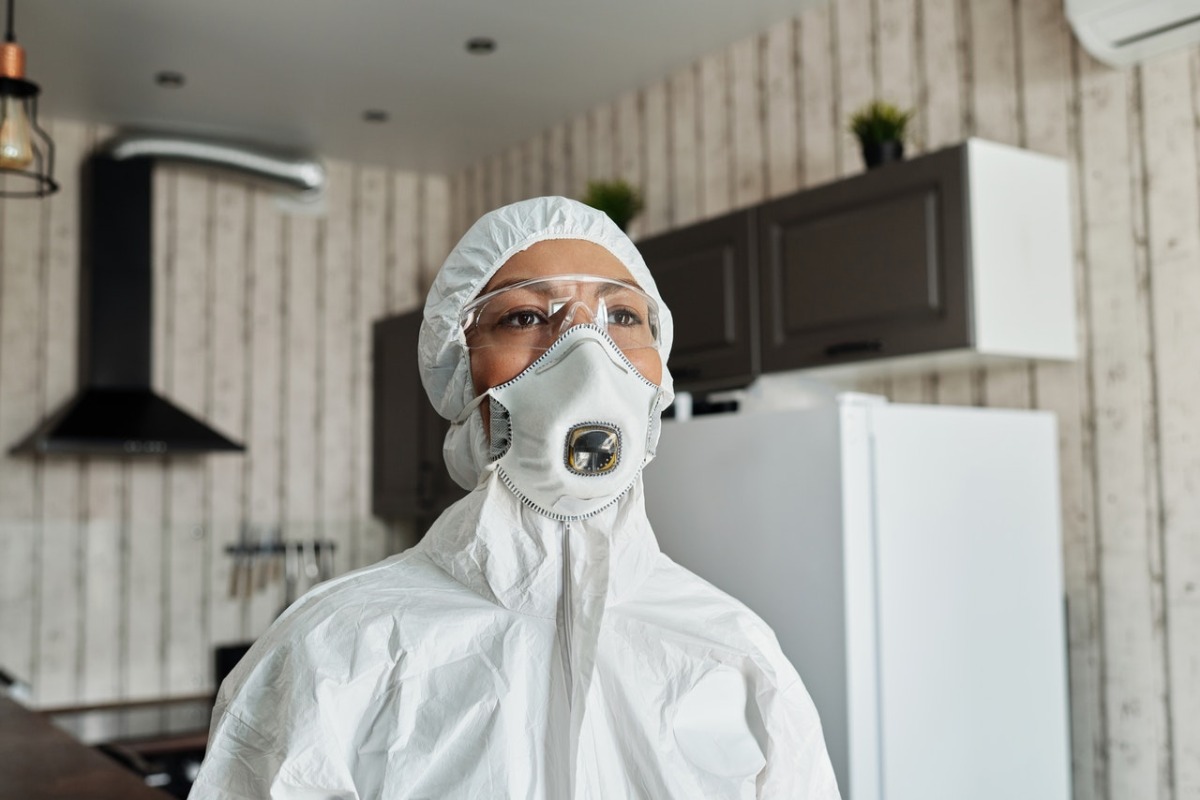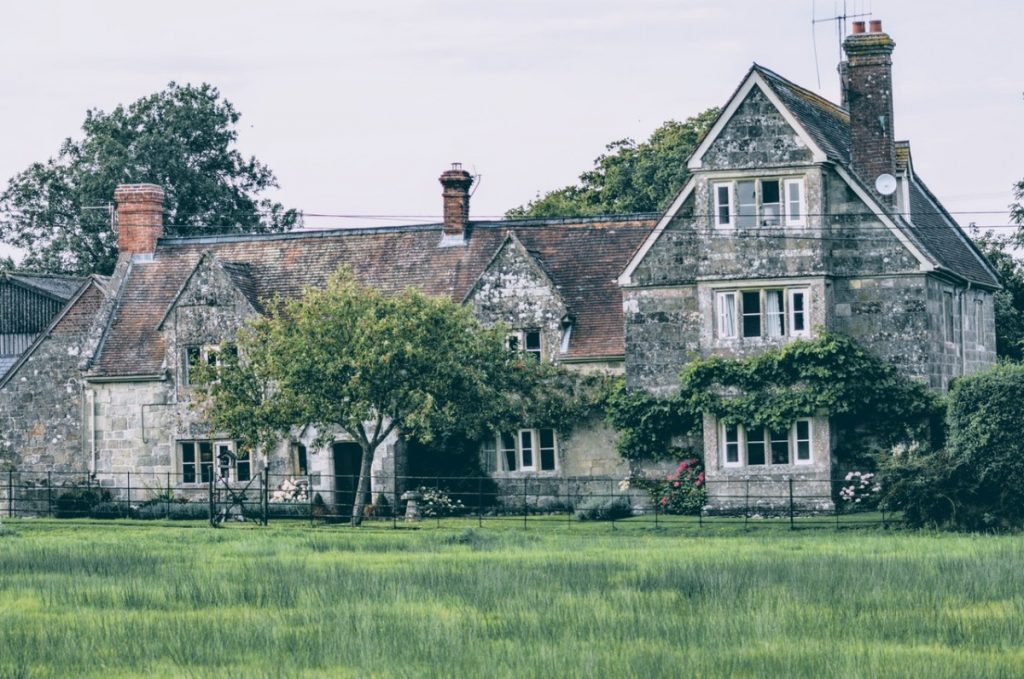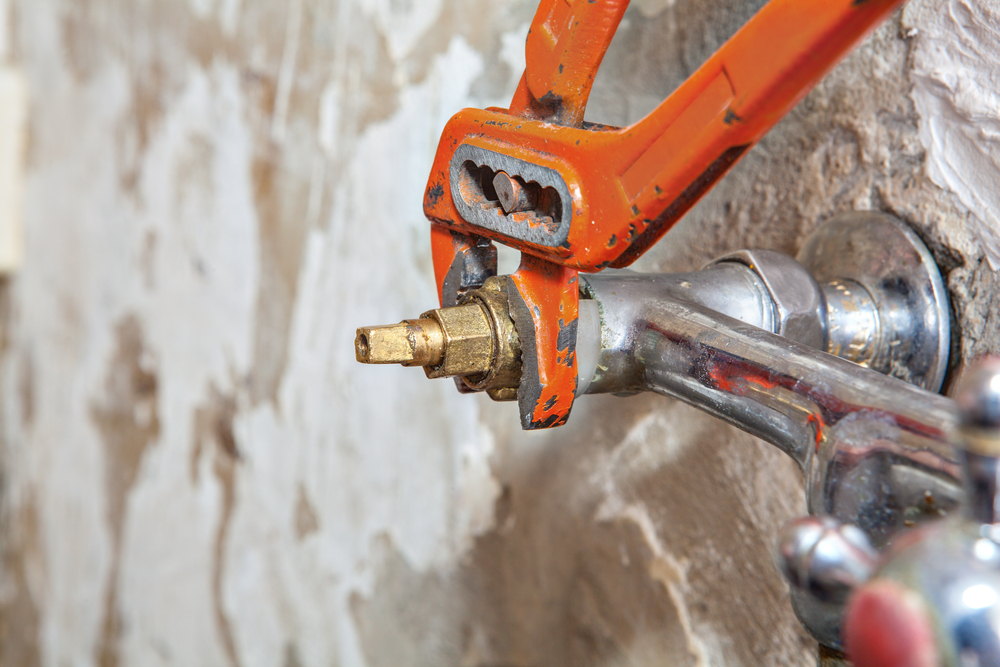Moving into an old house is often a risky move. Given the fifty or so years since it was built, the house will have gone through a lot of wear and tear by now. And even with proper maintenance, there are some things inside an old home that need to be replaced at some point.
You might not be willing to give up the antique chandelier in the foyer or the mid-century countertops in the kitchen, and that’s okay. But for other things in an old home, replacing them is a matter of necessity for the sake of safety, hygiene, and comfort.
That said, here are some of the things that you may need to replace in your old home as soon as possible:
1. Windows
Windows from fifty years ago were not built to be energy-efficient. Hence, if you want to increase the energy efficiency in your house and keep your electricity expenses to a minimum, replacing your old windows with modern glass windows is an excellent way to do so. Moreover, the changes in your windows’ appearance will be subtle, and unless you like years’ worth of dirt in the corners of the panes, you won’t mind getting the old windows replaced.
2. Appliances
Is the kitchen still equipped with the appliances that the first owners bought? Does the house come with a boiler that’s more than fifty years old? Did you never bother to replace the ancient-looking washer and dryer in the basement?
All appliances become less and less efficient over time, which means the older they are, the more energy they use to function properly. Furthermore, older appliances are more prone to breaking, causing leaks, and starting a fire. And if your old house is primarily made of wood, water damage or a fire can mean serious damage and a huge repair bill in your hands.
With that in mind, replace your old appliances with new ones that come with ENERGY STAR labels. Appliances that are energy-efficient will not only keep your power bills down but will also reduce the chances of unexpected breakdowns.
3. Electrics
Old electrics can pose a fire hazard in the house, and these include outdated fuse boxes, light switches, and electrical outlets. A home inspection will usually tell you if the electrical system in the house is unsafe or not, which is why getting one done is especially important before you make an offer. But if you’ve already bought the house and haven’t gotten around to fixing up the electrics, now is the best time to do so before an electrical fire starts.

4. Anything with lead or asbestos
Before people knew the harmful effect of these materials, they built their homes with lead in the paint and asbestos in their ceilings. Hence, getting a century-old home tested for these hazards is imperative before you buy a home or live in it. If the contractors find anything that contains lead or asbestos in the home, you have to replace them immediately before living there.
However, this means that you’d have to give up some of the historic or vintage vibes since you’d have to replace everything with hazardous material, but it’s all for the sake of safety.
5. Lead or corroded pipes
Lead pipes were common in houses built in the earlier half of the 20th century, but homeowners started replacing them in the 1960s with pipes made from galvanized steel. Lead pipes are hazardous due to their lead content that can leak into the water, but galvanized steel pipes tended to corrode and rust, making the water discolored and unpleasant. That said, if the plumbing in your house is made from either of these materials, have them replaced with safer options like copper, PVC, or PE.
If you are unsure of the type of pipes present in your old house or if you want to ensure that no lead or galvanized steel components are left in the system, hire a plumber to inspect your entire plumbing network.
6. The roof
Roofs back then were made to last more than fifty years. Some roofing materials can even last up to a hundred. However, by the time that you buy the house, you will probably need to install a new roof sooner or later. Despite it being costly, you can expect the new roofing material to last for another lifetime.
Before you buy an old house, you should be prepared for the repairs and replacements that you would likely have to make. These are the most common things that you have to replace in a home that’s more than forty or fifty years old. And even though replacements can be expensive, they can definitely help make your house last for another fifty years.




